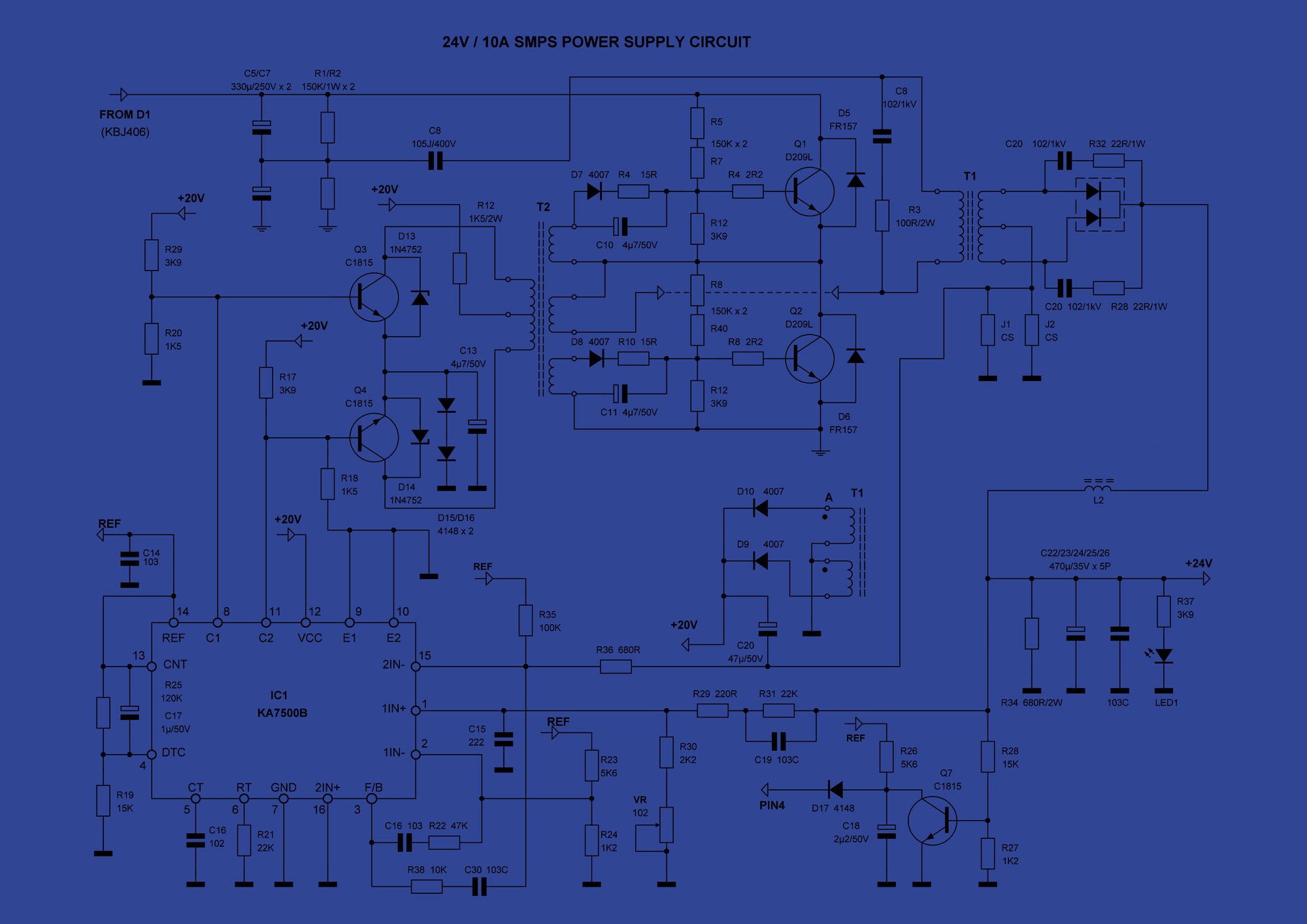

Start Here:
IEC 61000-4-21: “Testing and measurement techniques–Reverberation chamber test methods”
IEC 61000-4-21 aims to standardize radiated testing (both emissions and immunity/susceptibility) in reverb chambers. This includes testing for shielding effectiveness.
IEC 61000-4-21 doesn’t give any pass/fail criteria; it is solely aimed at standardizing radiated test methods conducted in reverb chambers. It was originally published in 2003 and last revised in 2011. You can purchase a copy here.
TIP:
Whenever possible, consider testing in a reverb chamber to save test time. Particularly for automotive testing, you don’t have to move the test object to illuminate three different orientations, since in reverb testing it will be hit from all angles. This is also a better correspondence to real-world conditions; in the automotive industry I ran into a few cases where a unit that passed ALSE testing failed during vehicle testing; the unit was then re-tested in reverb and failed there. It’s always better to troubleshoot at the module level than at the platform level.
This is one of those standards where the meat of the technical content is in the Annexes, so I’m listing them here:
Annex A (informative) Reverberation chamber overview
Annex B (normative) Chamber calibration for mode-tuning
Annex C (normative) Chamber calibration for mode-stirring
Annex D (normative) Radiated immunity tests
Annex E (normative) Radiated emissions measurements
Annex F (informative) Shielding effectiveness measurements of cable assemblies,cables, connectors, waveguides and passive microwave components
Annex G (informative) Shielding effectiveness measurements of gaskets and materials
Annex H (informative) Shielding effectiveness measurements of enclosures
Annex I (informative) Antenna efficiency measurements
Annex J (informative) Direct evaluation of reverberation performance using field anisotropy and field inhomogeneity coefficients
“Informative” annexes have information and context that may be useful for the user, where “normative” annexes contain steps and procedures that must be followed to use the standard correctly.
The annexes provide a fairly clear and practical overview of reverb chamber testing, including the statistical math needed to properly setup the test environment and interpret measured data. It has details about tuner steps and field uniformity volume, as well as chamber loading and sampling requirements.
TIP:
I’d like to draw attention to Annex F, for measuring shielding effectiveness of cables. This is generally an excellent option for testing cables at high frequencies, and not otherwise covered in IEC 62153. However, the test method compares the power received by a shielded cable to that received by a reference antenna within the uniform field volume of the chamber (see below). This may overestimate the attenuation provided by the shield, since an unshielded cable may not have similar gain as the reference antenna. Although it requires an extra step and extra cable sample, it may be more representative of real-world conditions to test both a shielded and unshielded cable, then compare the power received by each instead of comparing to a tuned antenna.
ISO 11451: “Road vehicles — Vehicle test methods for electrical disturbances from narrowband radiated electromagnetic energy”
ISO 11451 is a collection of test methods addressing vehicle level immunity to electric fields.
ISO 11451 is a collection of documents that describe automotive test methods for testing at the vehicle level to show immunity to various levels of electromagnetic environment. You can purchase 11451-1 here, and the same site has the other parts available as well. The parts are all revised on their own schedules, with Part 1 (current version published in 2015) expected to have a new revision published in 2024.
ISO 11451 is applicable to any kind of passenger car or commercial vehicle, whether traditional internal combustion engine or electric. Its test methods cover the frequency range 10 kHz - 18 GHz, but it is more often applied within a narrower range, such as 1 MHz - 2 GHz. Table 1 lists the different test methods available.
*LUF = lowest usable frequency of a particular reverb chamber.
TIP:
Remember that the plane wave illumination at each frequency in ISO 11451 testing isn’t a constant continuous wave. Different modulations are applied to different frequency ranges to better capture real world threats.
TIP:
ISO 11451 defines a set of functional performance status classifications (seen below). Widely used in the automotive industry, these categories can be helpful in defining the success criteria for immunity/susceptibility testing for many complex systems, either at the platform or module level. When a device under test has many functions, some of them may be more critical than others. For instance, if the infotainment system gets knocked offline, that’s inconvenient for the user, and the manufacturer may want to address the issue if it happens at too low of a field strength, such that it might happen often. On the other hand, if the headlights can get turned off by any of the test exposures, that would be a major safety concern that would have to be addressed. Combining the criticality of different functions with the performance status classifications from ISO 11451 in a test plan can be a good way to predetermine which “failures” or “anomalies” are acceptable and which must be labeled failures and fixed. It’s a more detailed framework than the “must function normally” criteria found within some immunity/susceptibility test plans.




